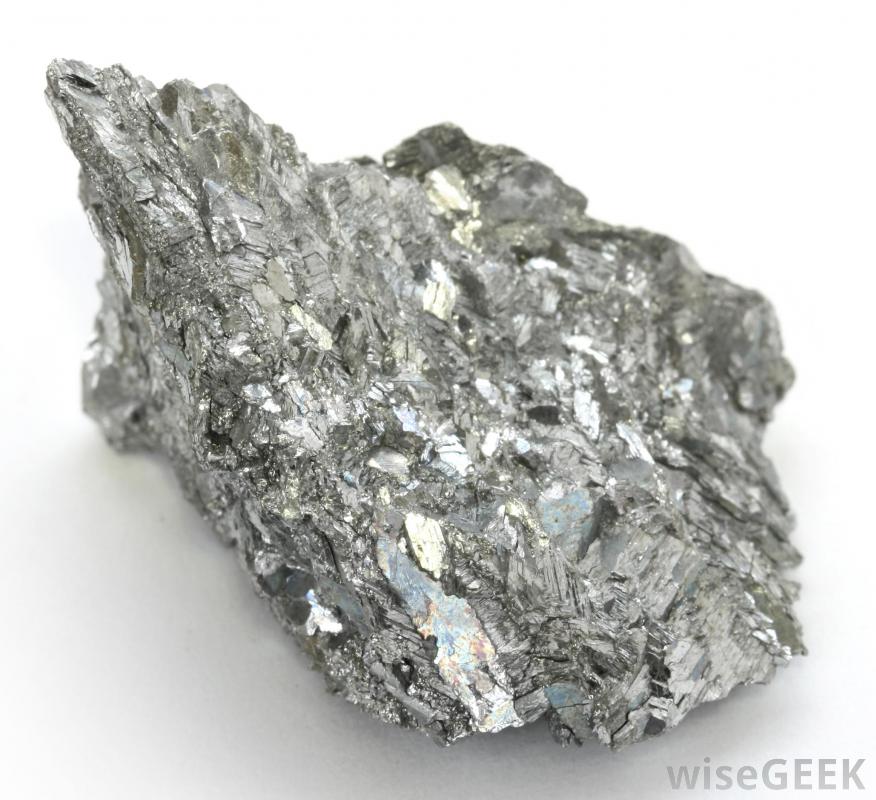Address
304 North Cardinal
St. Dorchester Center, MA 02124
Work Hours
Monday to Friday: 7AM - 7PM
Weekend: 10AM - 5PM
Address
304 North Cardinal
St. Dorchester Center, MA 02124
Work Hours
Monday to Friday: 7AM - 7PM
Weekend: 10AM - 5PM

Hey there! Today, we’re embarking on a journey through time and science to explore the story of a rather exceptional element: palladium. This precious metal might not be as famous as gold or silver, but its discovery and applications are nothing short of fascinating. So, let’s unravel the tale of palladium, a metal that’s been quietly shaping technology and industries for over two centuries.
Picture this: the year is 1803, and the world is buzzing with scientific discoveries. This was the year when a shiny new element made its grand entry into the world of science. Palladium, named after the asteroid Pallas, was discovered by William Hyde Wollaston, an English chemist known for his meticulous work.
But why was this discovery so significant at the time? Well, it opened doors to a new understanding of metals and their properties. Plus, it happened during a period rife with scientific breakthroughs, making it a key player in the era’s narrative of discovery and innovation.
Now, where did this discovery happen? In the heart of London, England. London, during the early 19th century, was a hub for scientific experimentation and discovery. Wollaston’s laboratory, where palladium first saw the light of day, was nestled in this bustling city.
The location wasn’t just a coincidence; it was a focal point for scientists, inventors, and intellectuals, which definitely played a role in fostering discoveries like that of palladium.
So, who was this William Hyde Wollaston? A man of science, indeed, but there’s more to his story. Wollaston was not just any chemist; he was a pioneer in his field.
Born in 1766 in East Dereham, Norfolk, he grew up in a world where science was undergoing rapid changes.
Wollaston had a knack for detail and a passion for uncovering the unknown. His work didn’t just stop at palladium; he also discovered rhodium and contributed significantly to understanding platinum.
But what’s a discovery without a bit of struggle and excitement, right? Wollaston’s path to discovering palladium was not a straight line.
It involved years of experimentation, particularly with platinum ore. What’s fascinating is that he initially thought he had found a new form of platinum, but further investigations led him to realize he had stumbled upon a completely new element.
This process of discovery was meticulous and required an incredible amount of patience and precision, hallmarks of Wollaston’s scientific method.
The journey to discovering palladium was quite the scientific saga. Wollaston’s experiments were grounded in his deep understanding of chemistry and metallurgy.
He used innovative techniques for the time, like dissolving platinum ore in aqua regia (a mixture of nitric and hydrochloric acid) to break it down and then carefully observing the properties of the residue.
This methodical approach was crucial in identifying palladium as a distinct element.
Interestingly, some elements of chance played a role in palladium’s discovery.
While Wollaston was focused on platinum, his meticulous observation led him to notice something unusual in the residue.
This ‘accidental’ observation was the key to unlocking the presence of palladium.
It’s a great example of how sometimes, in science, you find something incredible while looking for something else entirely.
Now, let’s talk about why palladium’s discovery was a real game changer. Initially, it was just a scientific curiosity, but soon, its unique properties started shaping industries.
Palladium is not only rare but also highly resistant to corrosion and wear. It’s incredibly versatile – it can absorb hydrogen, making it crucial in purification processes.
Its catalytic properties revolutionized the automotive industry, playing a key role in catalytic converters that reduce harmful emissions.
Imagine a world without these – our air would be much more polluted!
Fast forward to today, and palladium’s significance has only grown. Its use in electronics, dentistry, medicine, and hydrogen purification underscores its versatility.
Moreover, in the realm of jewelry, palladium has become a sought-after alternative to platinum, offering similar luster and durability.
This metal might have started its journey over two centuries ago, but its impact is as contemporary as ever, touching various aspects of our daily lives.
Here’s where things get really fun – some little-known facts about palladium.
Did you know that palladium was once used as a form of currency in the Russian Empire during the early 19th century? It’s true! Palladium coins were minted due to a shortage of platinum.
And here’s another one: Palladium plays a crucial role in fuel cells, which are seen as a potential future source of clean energy. Who knew that this metal discovered in 1803 would be part of futuristic technology?
And for the pop culture enthusiasts, palladium has made its way into movies too. Remember Tony Stark’s arc reactor in the Iron Man films? That was powered by palladium (at least in the fictional world).
It’s fascinating how this element has not just scientific but also cultural significance, making appearances in our favorite movies and stories.
So, there we have it – the story of palladium, from its discovery in a London lab to its multifaceted role in today’s world.
This journey through the past and present of palladium shows us how a single discovery can ripple through time, affecting various aspects of our lives.
It’s a testament to the ever-evolving field of science and technology, where one discovery can open up a world of possibilities.